Table of Contents
Development of Information Technology and Wi-Fi
From Charles Babbage's development of the modern computer to James Clark Maxwell's idea of the electromagnetic force, wireless communication became possible.
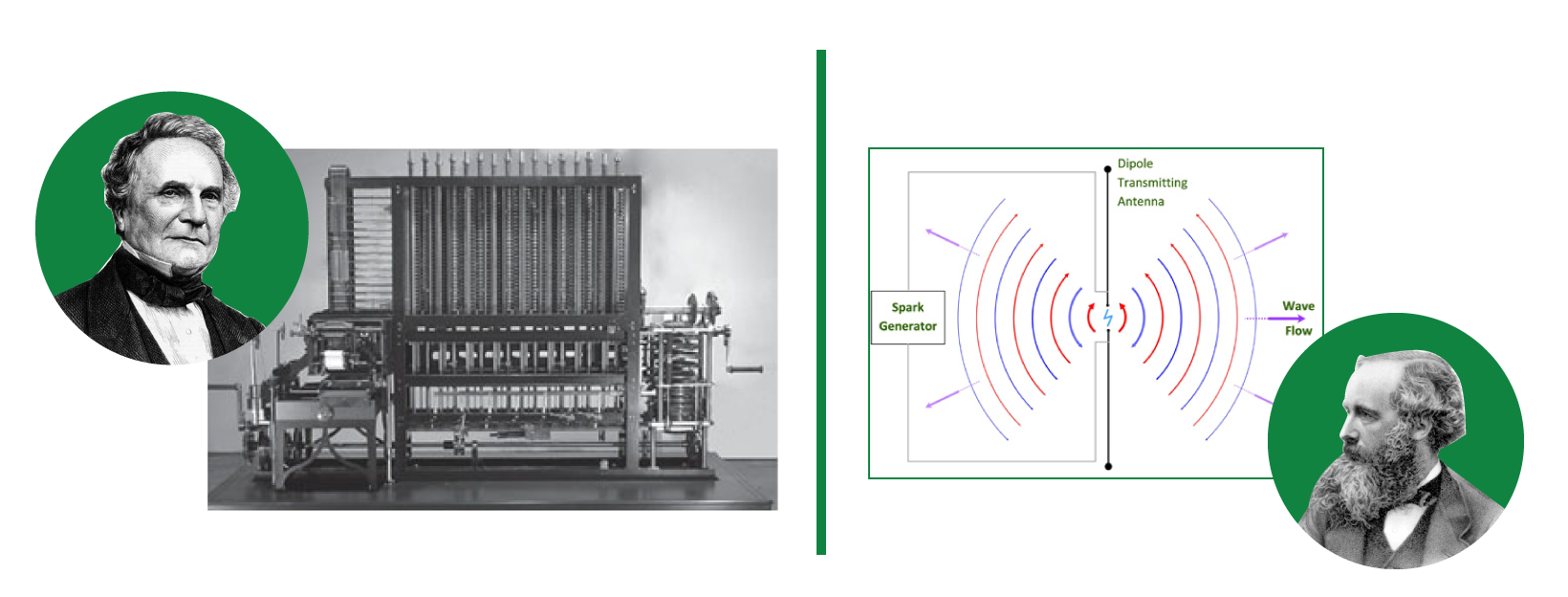
Generation and transmission of microwaves
Bengali scientist Sir Jagdish Chandra Bose's (1858-1937) research was centered on microwaves. In 1895 he succeeded in creating microwaves and transmitting them from one place to another without wires. In 1887, scientist Hertz directly proved the existence of electric waves. He was trying to do more research on this but he died before finishing. Jagadishchandra completed his unfinished work and was the first to produce waves with a wavelength of about 5 millimeters. Such waves are called microwaves. The role of these waves in modern radar, television and space communication is undeniable. Basically, most of the information in the current world is exchanged through it.
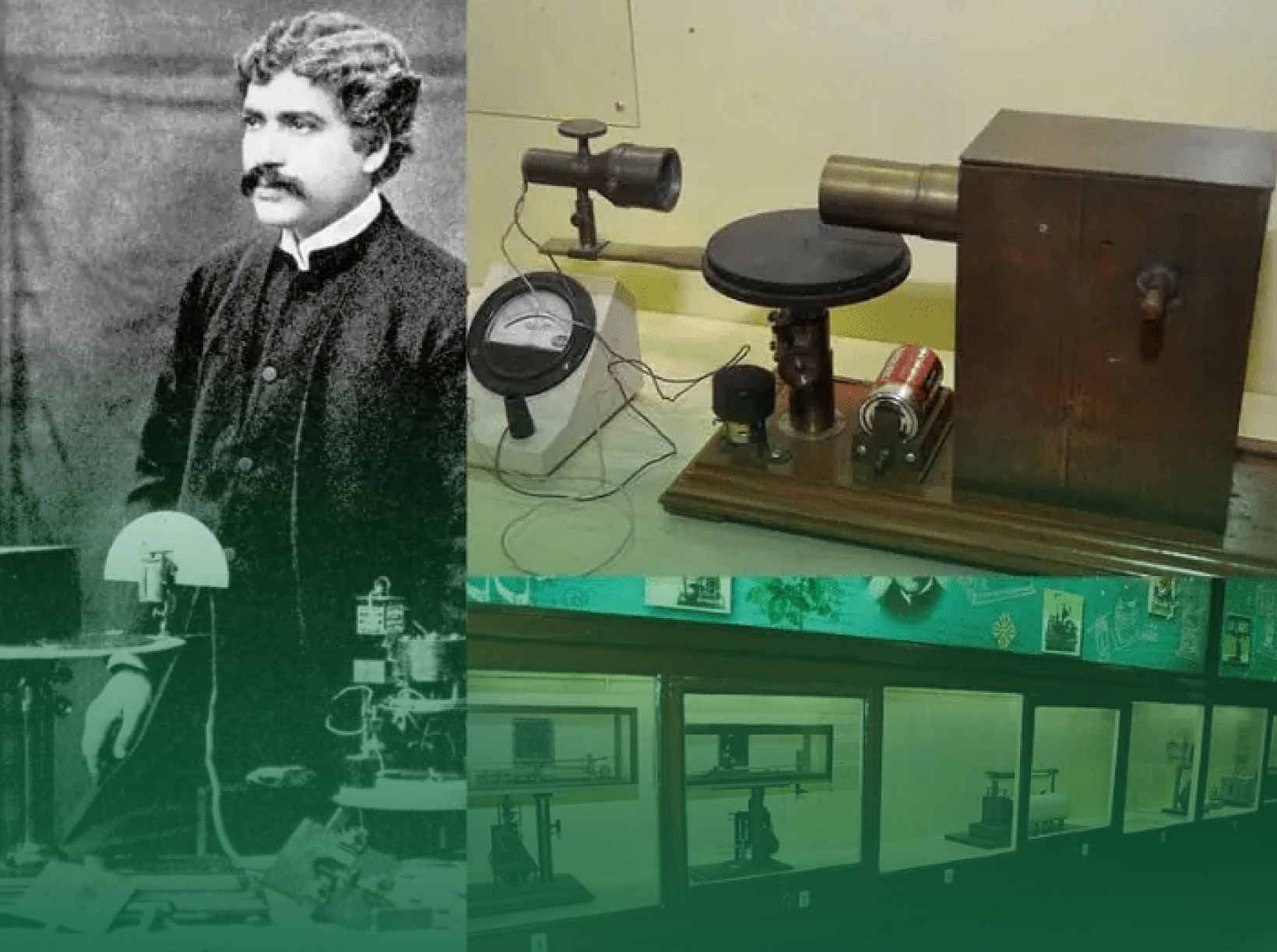
After the development of electronics in the 20th century, the mainframe computer was developed by the first UK company IBM.
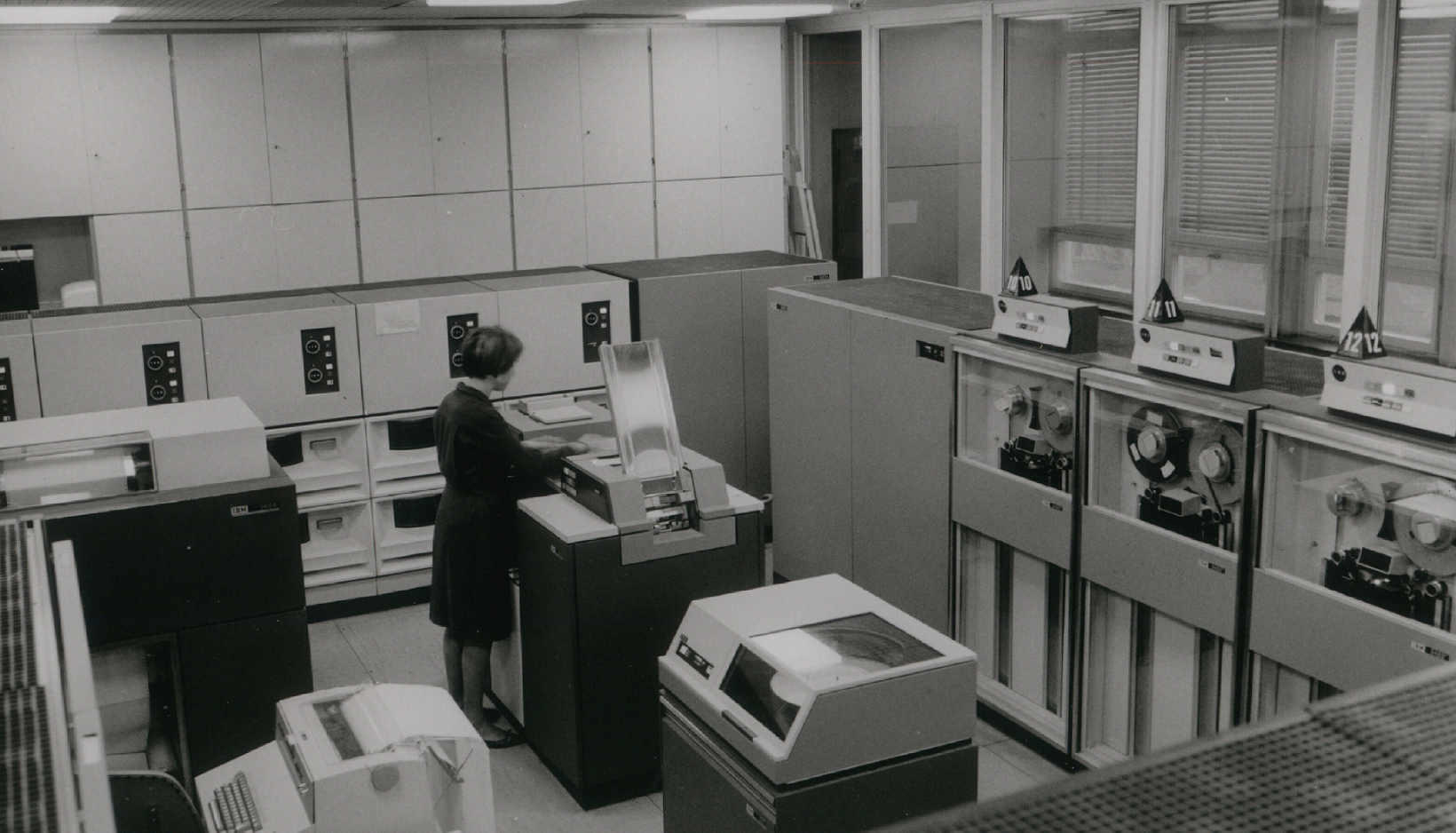
The invention of the microprocessor in 1971 paved the way for affordable computers.
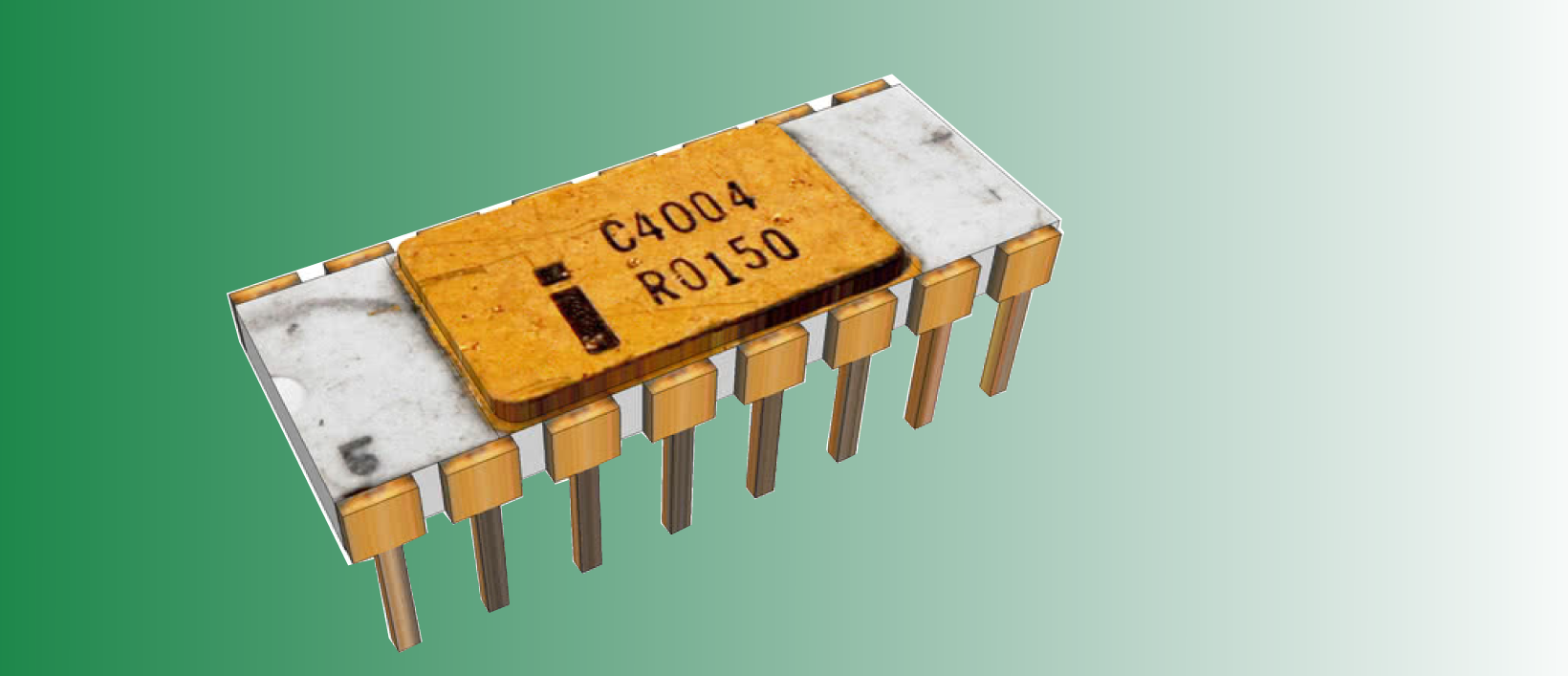
ARPANET was invented in the 1960s and 1970s using the Internet Protocol.
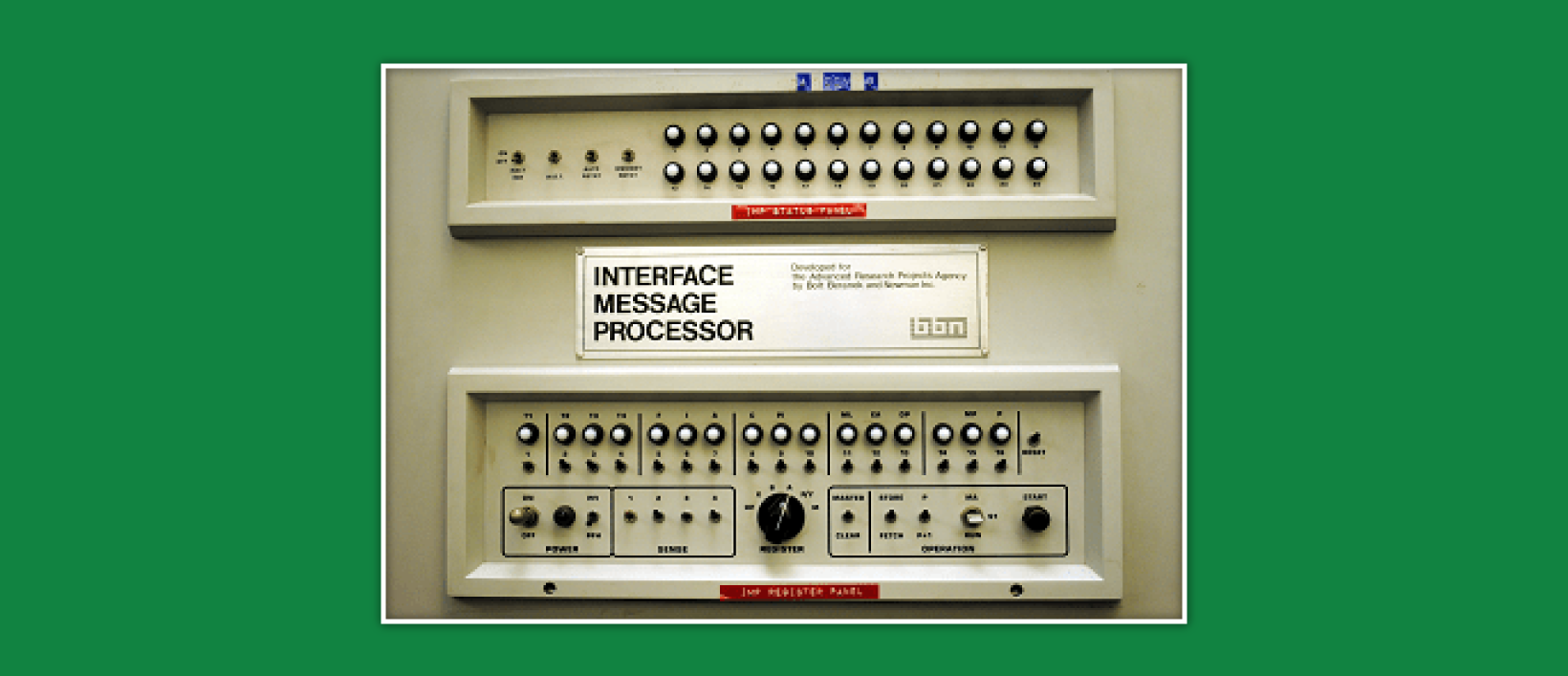
Raymond Samuel Tomlinson then introduced the e-mail system.
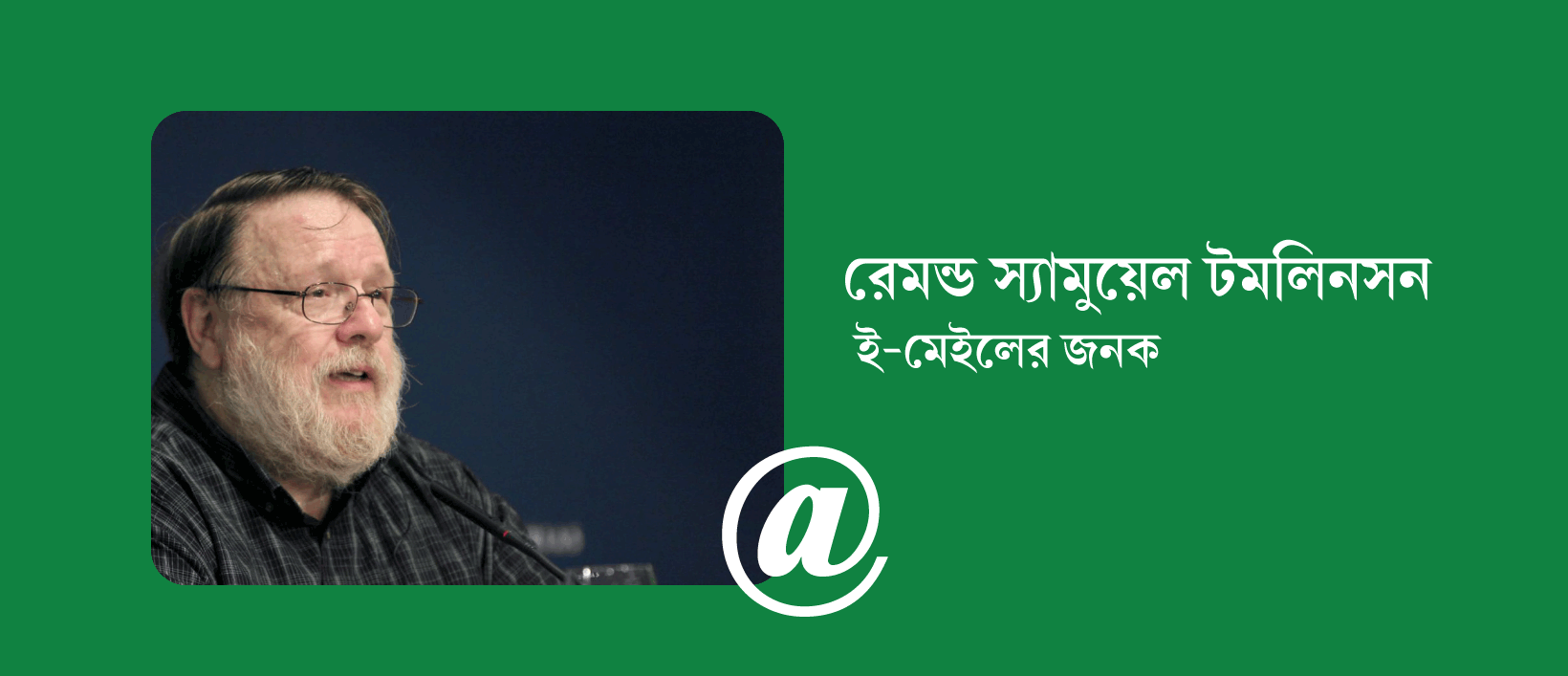
Then Steve Jobs, Bill Gates, Tim Barnes Lee to Larry Page-Sergei Bin including Mark Zuckerberg in today's social media era are discussed for their respective activities such as operating systems, smart devices, search engines, social media etc., but using wireless internet. For the word Wi-Fi that we use every day, its father, Sir Jagdish Chandra Bose, the pride of Bangladesh, may not be known by many people.
In 1895, Sir Jagadish Chandra Bose was able to transmit information from one place to another using microwaves. And, Sir Jagadish Chandra Bose is called the Father of Wi-Fi.
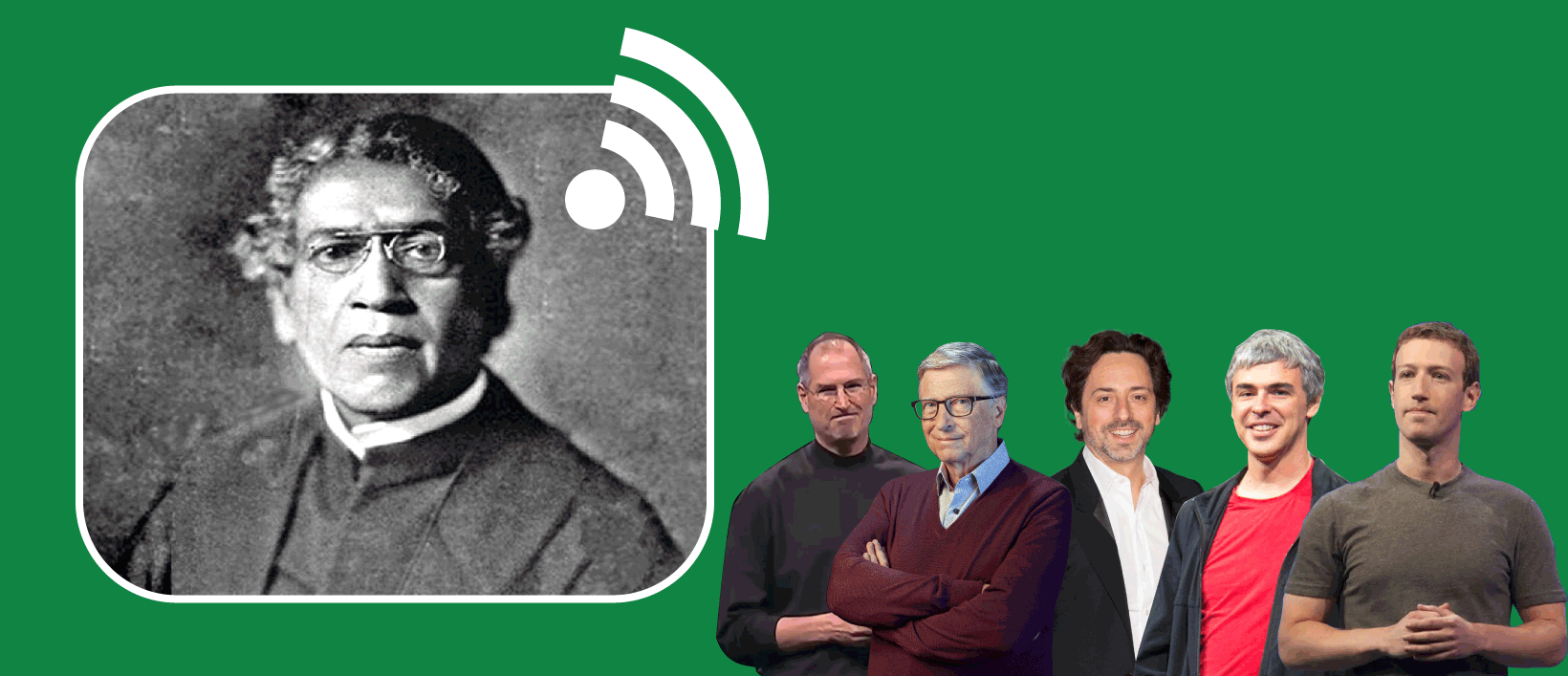
Broadband and the importance of broadband
Broadband is a high-speed Internet connection, with speeds ranging from at least 200 kilobits per second to very high speeds. Coaxial cable, optical fiber cable, satellite communication, micro-wave communication or networking processes are commonly used to transfer data in broadband.
Broadband is considered by governments and states around the world to be the fourth most important factor along with water, heat and electricity. Recent research on the power of broadband shows that it plays an important role in GDP, job creation and innovation, as well as education, health. and improves the quality of other social services as well.
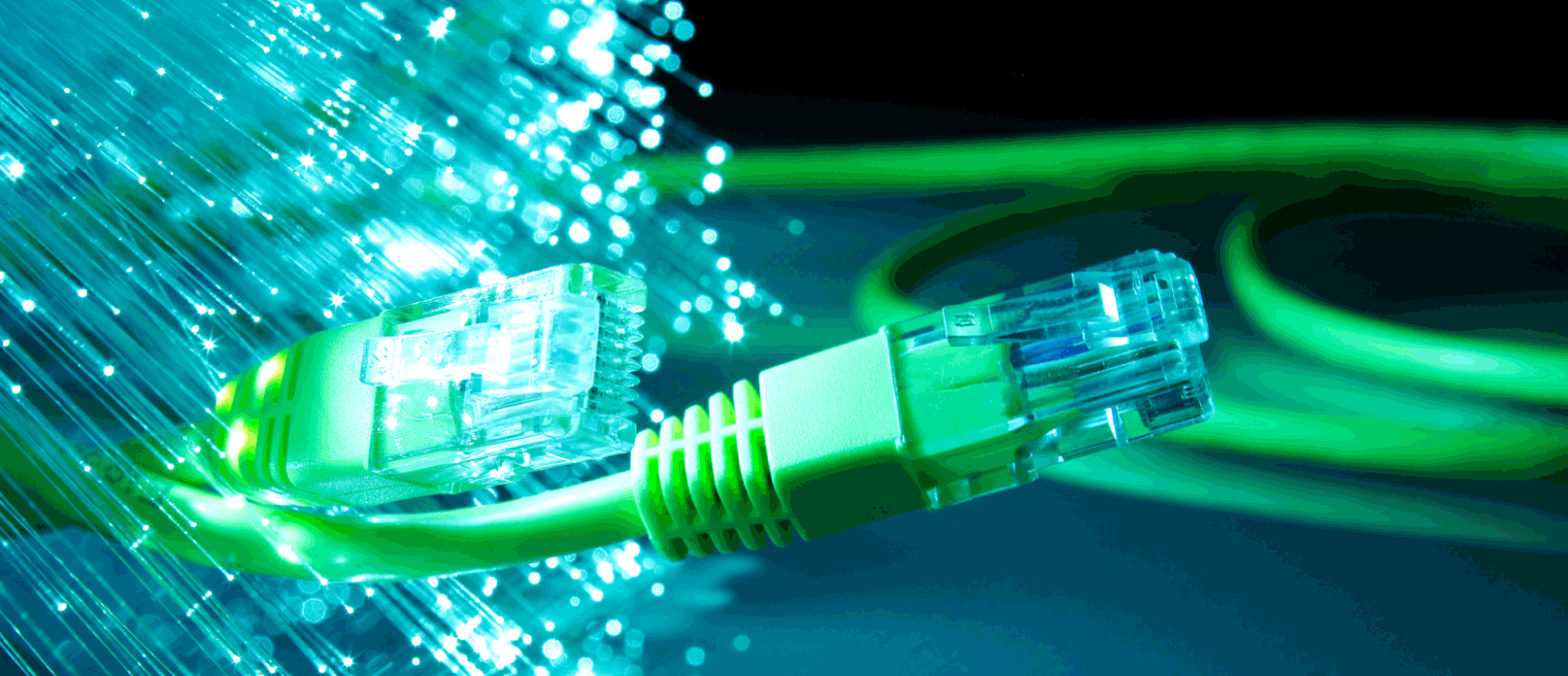
Realizing the benefits of broadband, governments around the world are implementing nationwide broadband expansion plans in their own countries so that digital services can be delivered quickly through the Internet at affordable prices to citizens across the country.
Increasing the coverage and use of broadband in rural areas is closely related to the development of the quality of life of the rural population, including the increase in employment, creation of new business opportunities, education and health awareness, which can play an important role in the development of a country and the achievement of SDG targets.

Internet Usage Trends: Bangladesh and the World
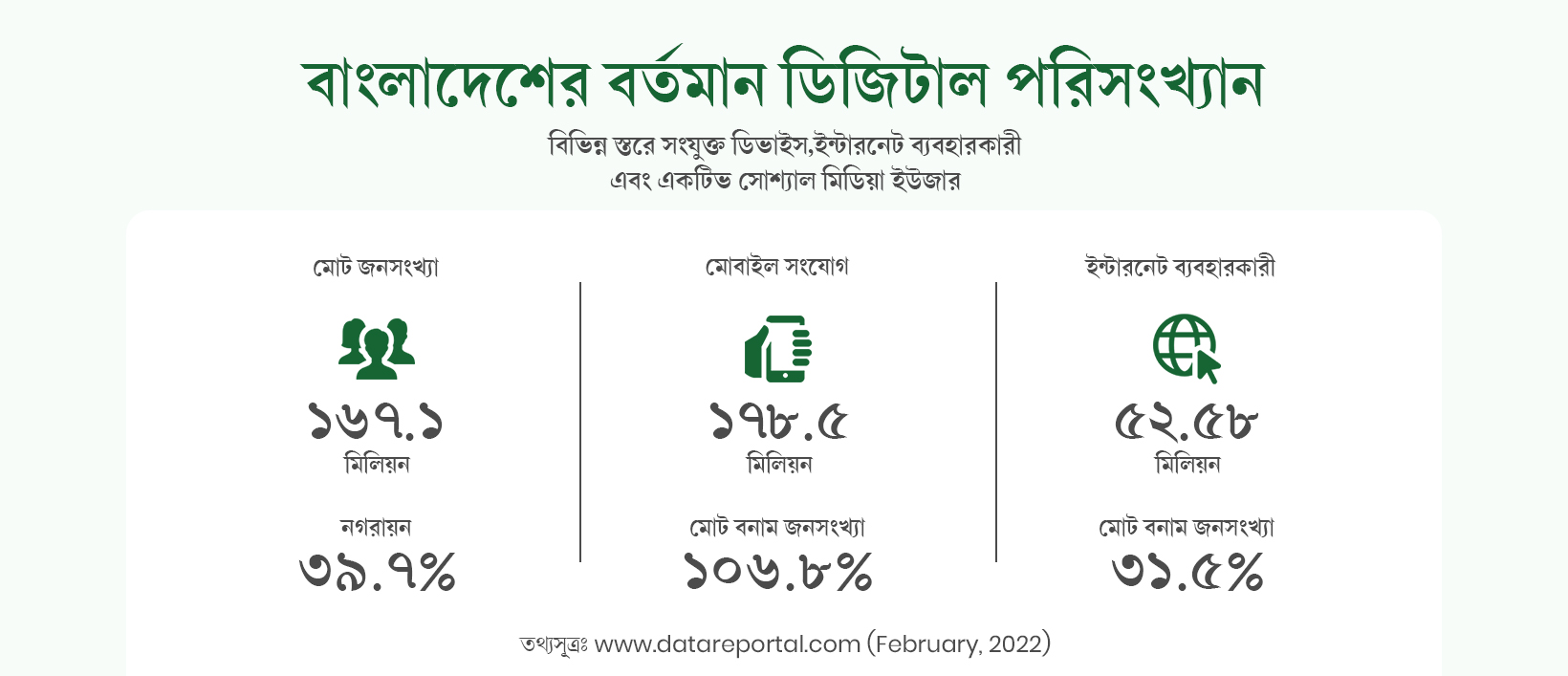
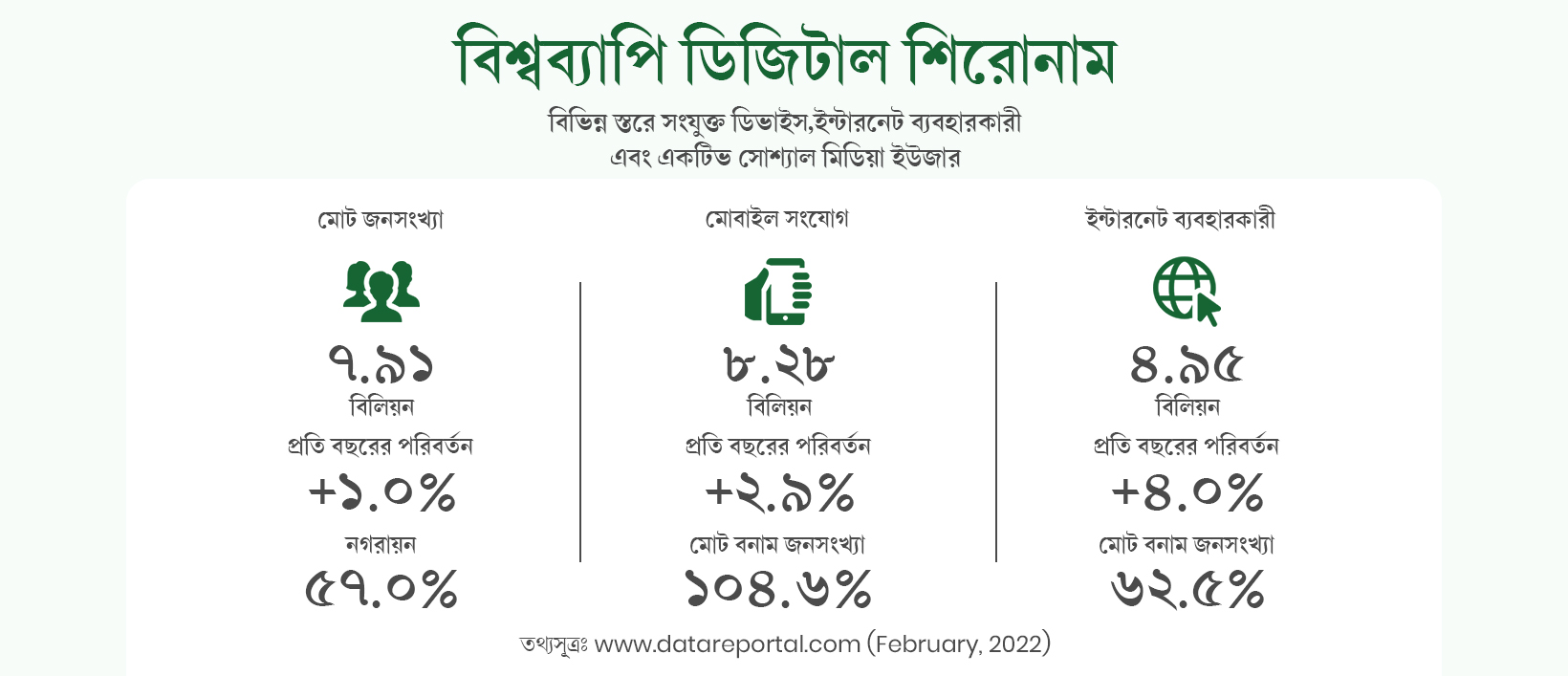
Wi-Fi vs 5G: Differences and Needs
Although the latest Wi-Fi and cellular technology generations—WI-FI 6 and 5G, respectively—have been pitted against each other, the technologies can be best friends rather than enemies.
Both cellular and wireless LANs or WLANs have ushered in new technology generations and the time has come for the technologies to act as collaborators rather than competitors.
Although there are several differences between WI-FI 6 and 5G, these differences are mostly the overall standard differences between cellular and WI-FI technology. In fact, WI-FI 6 and 5G are so similar that experts suggest that organizations use the two technologies interchangeably. Shouldn't be pitted against but instead find ways to make WI-FI 6 and 5G work together.
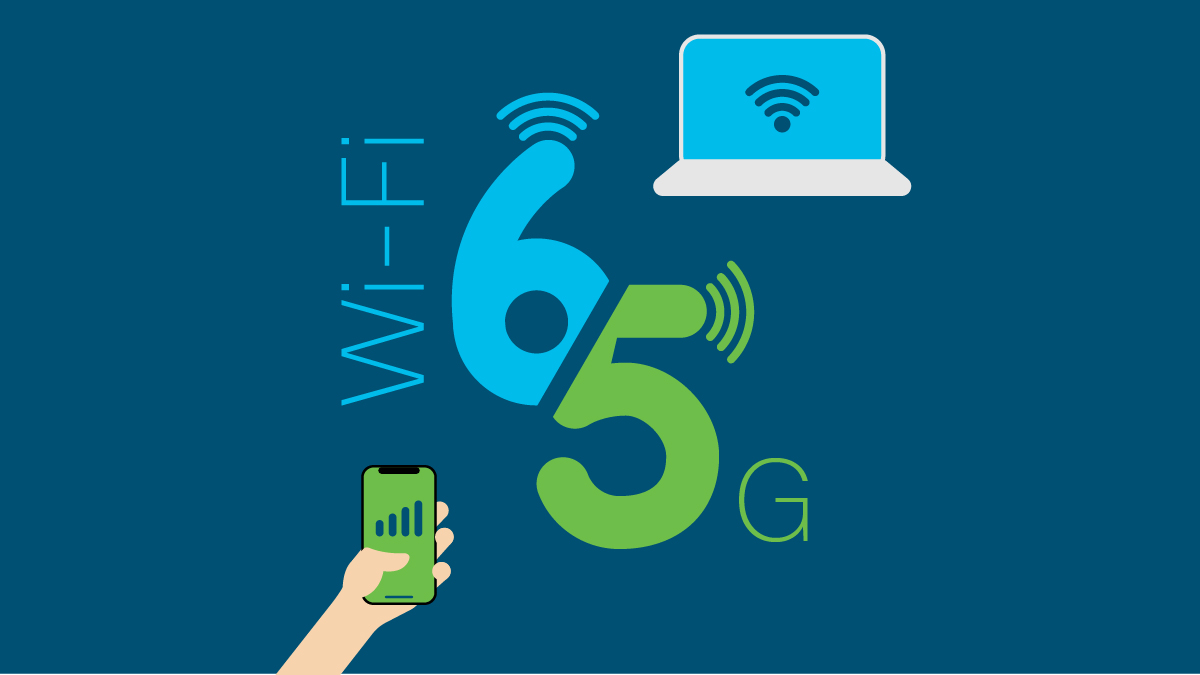
In the WI-FI world, WI-FI 6 aims to differentiate itself from the previous generation and name it a new generation, enhancing the capabilities of IoT and supporting the diverse needs of diverse users.
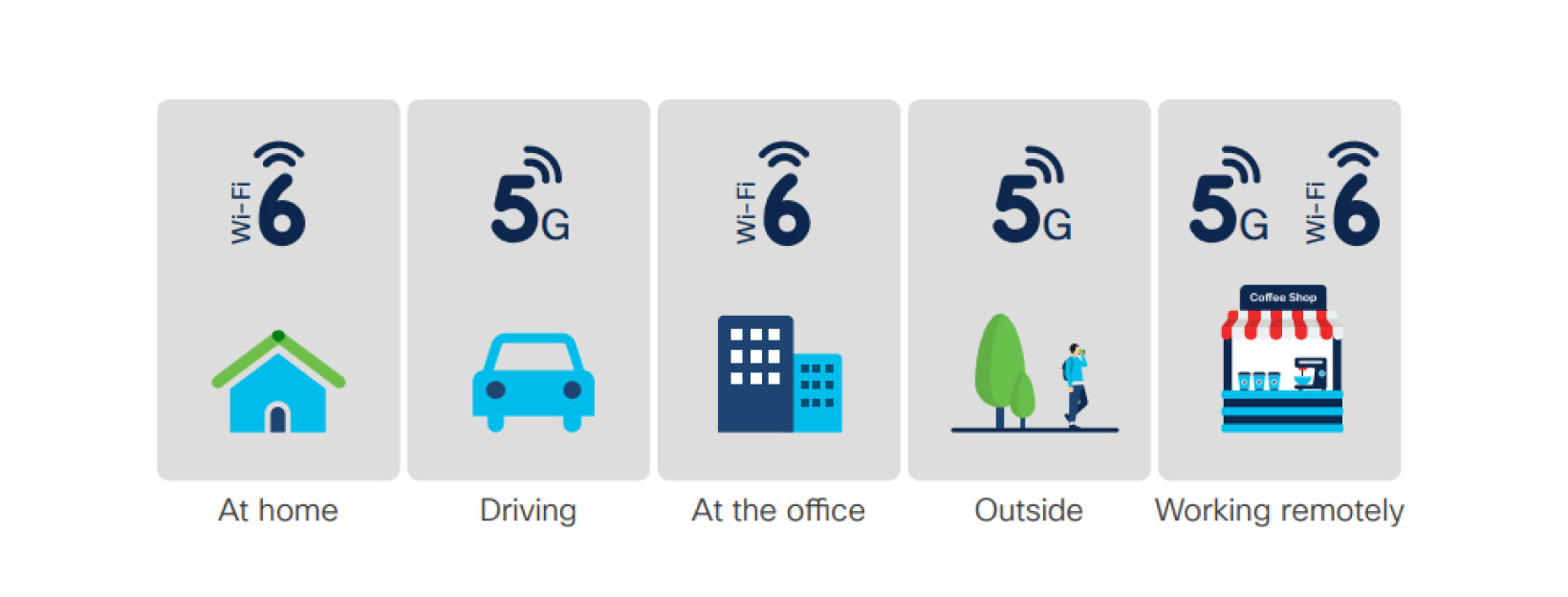
Again, for cellular, 5G introduces superfast network speeds never before seen in cellular technology, with lower latency and faster download speeds.
Shadhin: What and how does it work?
What is Shadhin?
With the goal of creating employment for 10 lakh unemployed people, that is, if 5 people are created to provide internet in each village of 68038 villages, then about 34000 unemployed people can be created, at the same time, if 10 freelancers are created in every village, about 680000 youths can be created. Shadhin is a technology where it is possible to get Internet service at home or outside the home with just one password.
Broadband and hotspot internet services are being extended to villages through support center establishment and support center entrepreneurs and uninterrupted internet service is being maintained with the help of support technicians.
Learn more about the Support Center.
Shadhin is currently the largest internet network in Bangladesh by providing freelancer training and freelancer-friendly broadband package services to create freelancers in every village.
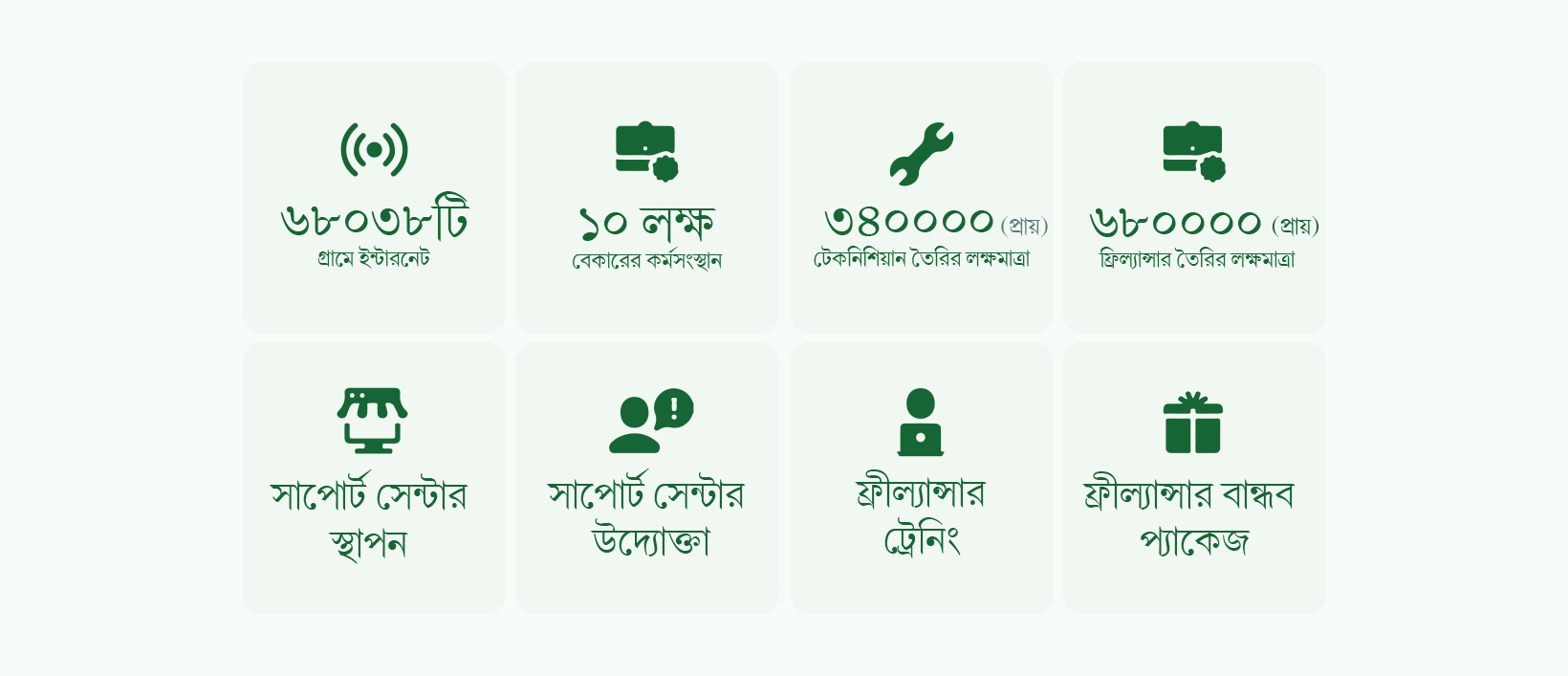
How does it work?
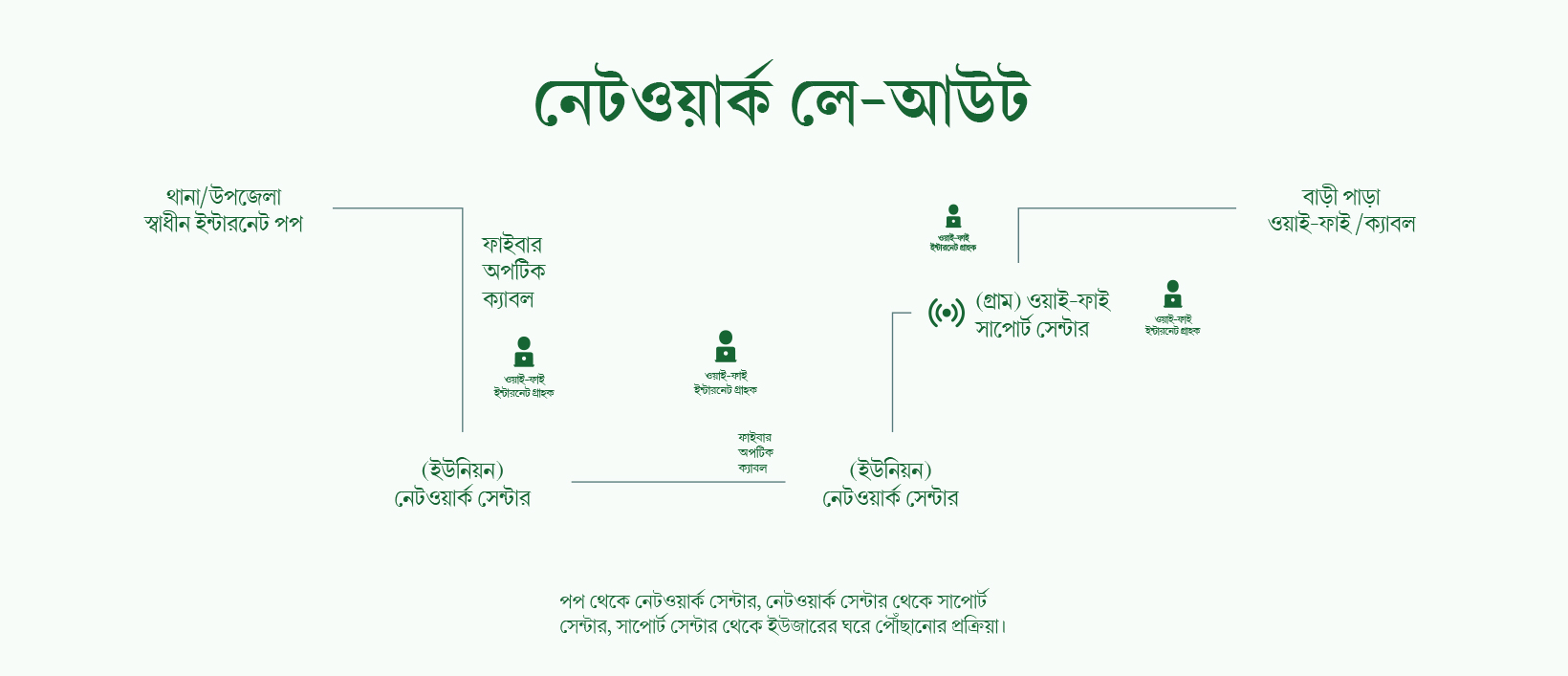
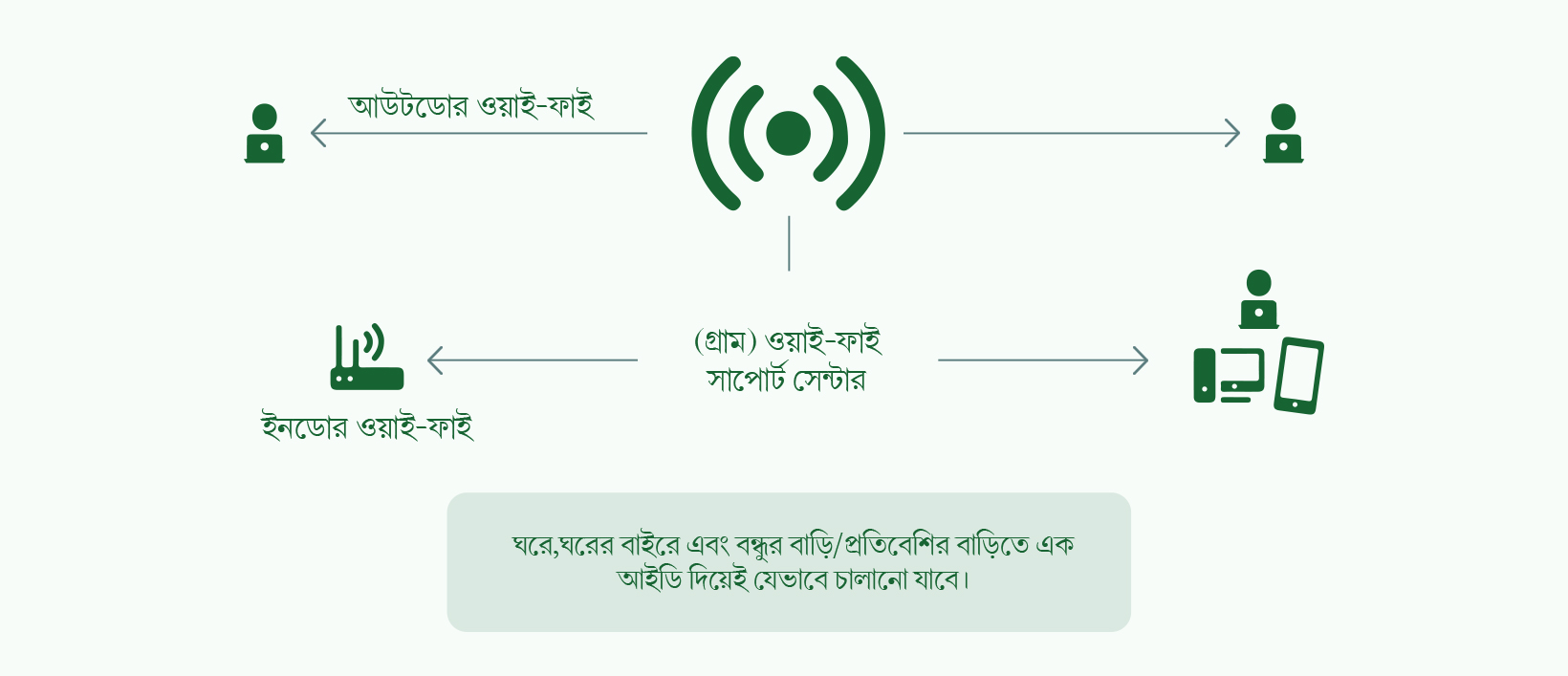
The inspiration for the walk is Sir Jagdish Chandra Bose's patriotism and Shadhin
Acharya Jagadishchandra Bose, this Indian Bengali scientist was one of the hundreds of patriots born in subjugated India. This aspect of his love for his country has been exposed time and again in his various speeches It is our good fortune that the expression of patriotism of the people of subjugated India was not confined to the political sphere alone, but beyond the political boundaries it spread equally to all the fields of science, philosophy etc. of India at that time.
Inspired by Sir Jagdish Chandra Bose's love for the country, Shadhin uses 100% open source and self-developed software.

Some of our ongoing and already implemented research projects are-
- Hotspot Research (One ID Everywhere)
- Research on the role of Wi-Fi in business and WAAS
- Research on application areas of Wi-Fi and 5G
- Research focused on the role of IOT in agriculture
- Research on agrotech and agro-commerce
- Research on the gig economy and freelancers
- Research on the Internet Eco-System
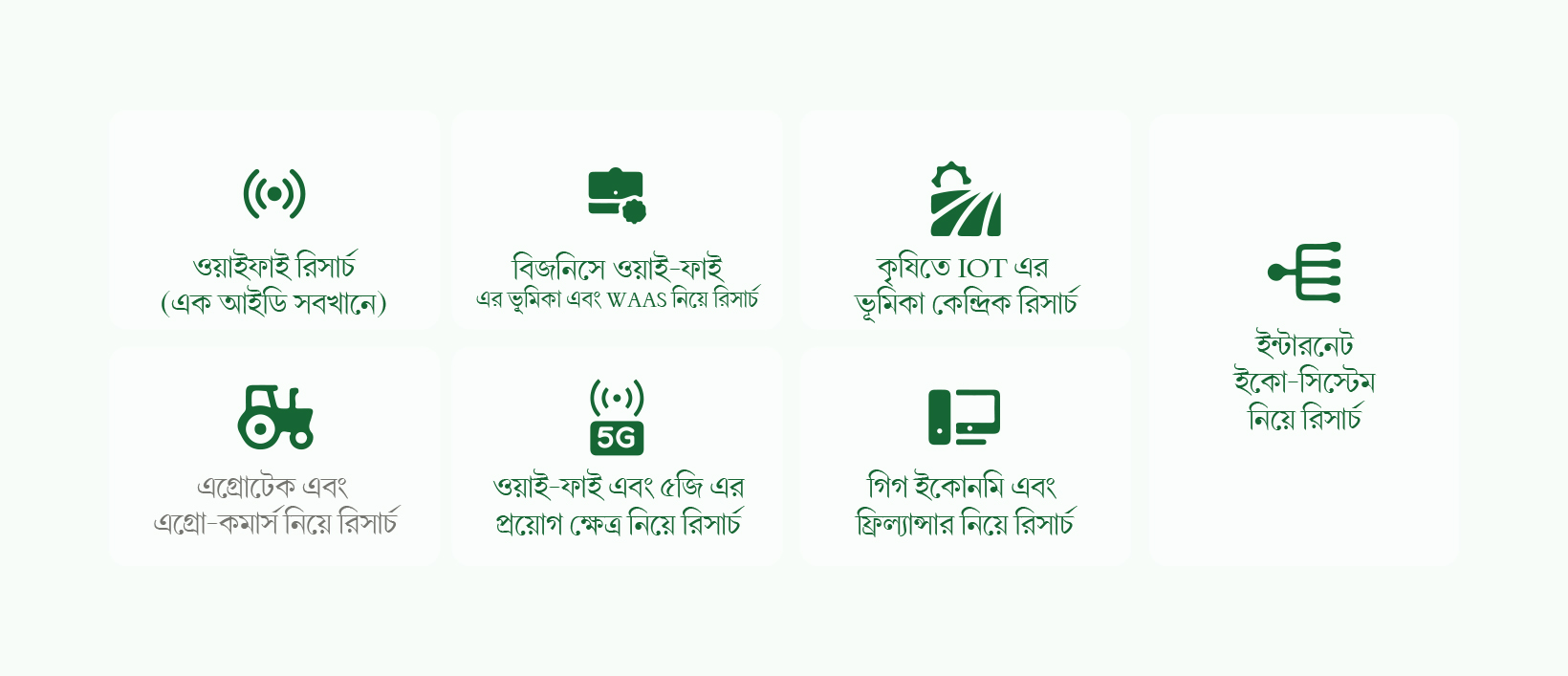
Entertainment is needed for city people but for village people
At one time, the price of 1 Mbps internet was 2 lakh 30 thousand taka. In 2002, when Viset was used, the number of subscribers in Bangladesh was 1 lakh.
After connecting to the submarine internet in 2007, the government gradually reduced the price. Currently, the price of 1 Mbps internet bandwidth is Tk 365 and the number of subscribers is around 12 crores. 80 percent of whom live in villages.
Out of 12 crore customers, 11 crore customers use the internet through mobile telecoms and the remaining 1 crore customers use internet service providers (ISPs) and 80 percent of the users are in divisional cities or district cities.
But it is still a dream to reach the standard internet service to the village. In other words, the factories and businesses inside or outside the country are kept running in one way or another by the children of one or the other village. Skill development, e-commerce services all these meet the needs of village people using internet. So, we are giving them mobile internet at just 155 taka for whole month without any GB obligation i.e. unlimited.
To know about Broadband and Wi-Fi packages.
